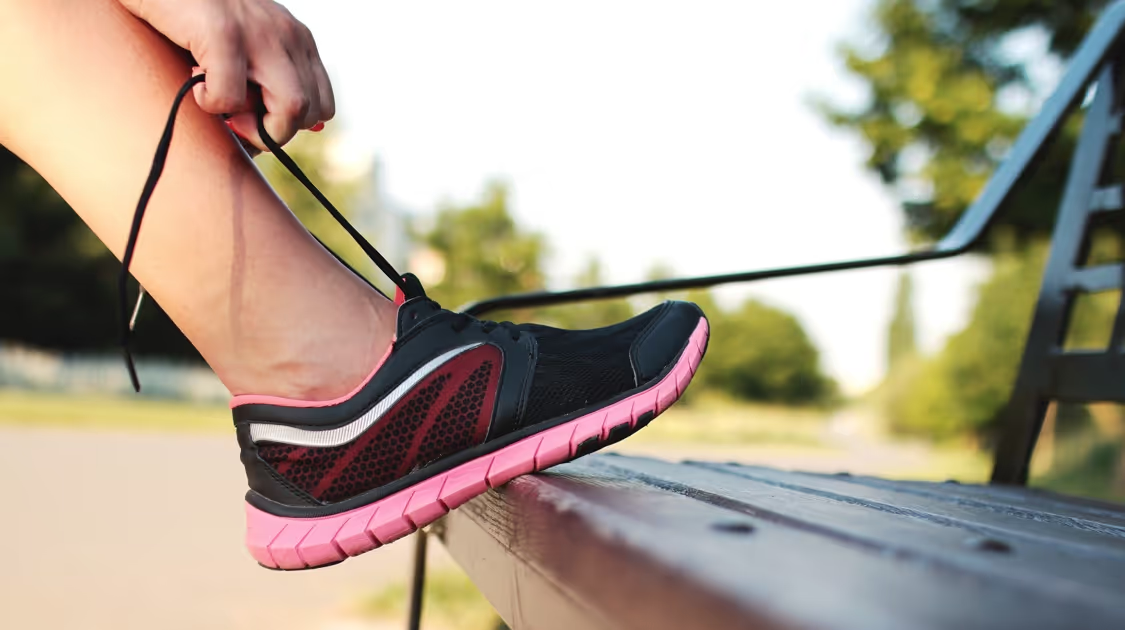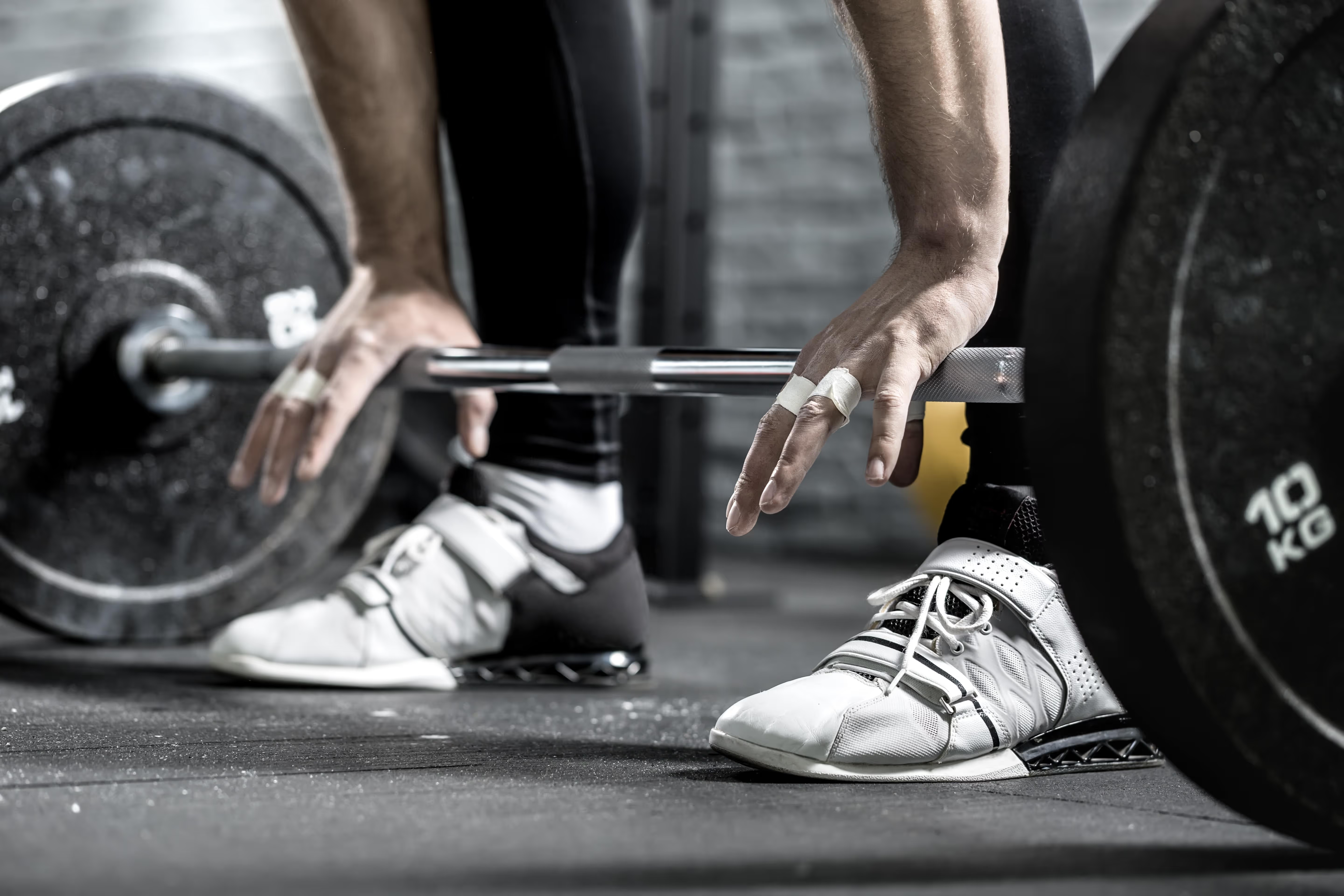Aerobic Training

Diet Behaviors
Exercise Behaviors
Lifestyle Behaviors
What is Aerobic Training?
Aerobic training is medium intensity, sustainable activity that uses your large muscle groups, is rhythmic in nature and burns fuel with oxygen in the body. Some examples of aerobic training include cardio machines, spinning, running, swimming, walking, hiking, dancing, cross country skiing, and kickboxing, walking briskly, running, riding a bicycle, pushing a lawnmower, swimming in the sun or dancing under the stars. Aerobic training refers to exercise that is sustained by available levels of free oxygen absorption in the body, or simply that the energy required is available through oxygen metabolism. You should be able to sustain aerobic training for longer durations than high intensity anaerobic sessions. Aerobic training becomes anaerobic when you are out of breath and energy is created by burning carbs in the absence absence of oxygen.
What does the Science Say?

The Impact of Aerobic Training on Visceral Fat:
Aerobic training can help weight loss by maintaining muscle mass, liberating fatty acids to be used as fuel and enhancing the fat burning capacity of your muscles. It is particularly effective at reducing visceral or belly fat over sustained periods of time. (1)

The Impact of Aerobic Training on Insulin Resistance:
It is commonly understood that aerobic exercise can have a positive effect on your IR by depleting the glycogen stores in your muscles, increasing muscular sensitivity to insulin and lowering blood glucose as it is used for fuel by the body. (2) Triglyceride levels are also shown to be lower after short term aerobic exercise. (3) Better results have been shown if the patient starts from a higher base triglyceride level in studies.

The Impact of Aerobic Training on Heart Health:
Many studies have focused on the relationship between aerobic exercise and HDL-C, and have found that HDL-C levels are more sensitive to aerobic exercise than both LDL-C and TG. The minimum amount of aerobic exercise required to see an impact was reported as 120 minutes per week. (5)

The Impact of Aerobic Training on Inflammation:
CRP can be affected by enhancing the fat burning capacity of your muscles. It is important to give your body enough time to recover between sessions.
There is a very clear link, over 83 studies, that exercise training is associated with a decrease in CRP levels regardless of the age or sex of the individual; Also, greater improvements in CRP level occur with a decrease in BMI or %Fat (4)

The Impact of Aerobic Training on Insulin Resistance:
It is commonly understood that aerobic exercise can have a positive effect on your IR by depleting the glycogen stores in your muscles, increasing muscular sensitivity to insulin and lowering blood glucose as it is used for fuel by the body. (2) Triglyceride levels are also shown to be lower after short term aerobic exercise. (3) Better results have been shown if the patient starts from a higher base triglyceride level in studies.
Starting an Aerobic Training Program
It is commonly suggested that purposefully moving your body and muscle groups for 5-10 hours a week to the point of sweating is a core element of a long, healthy life (7). Start with 20-30 minutes a few days a week and gradually work up to more time. Make sure to warm up properly and stretch afterwards to avoid injury and maximize the benefits.
Other Behaviors
References
(1) https://www.ncbi.nlm.nih.gov/pmc/articles/PMC3568069/
(2) https://www.ncbi.nlm.nih.gov/pubmed/19584602
(3) https://www.ncbi.nlm.nih.gov/pubmed/7559232
(4) https://www.ncbi.nlm.nih.gov/pubmed/27445361
(5) https://www.ncbi.nlm.nih.gov/pubmed/17533202
(6) https://www.ncbi.nlm.nih.gov/pmc/articles/PMC4836566/
(7) https://www.bluezones.com/2018/01/what-exercise-best-happy-healthy-life/












